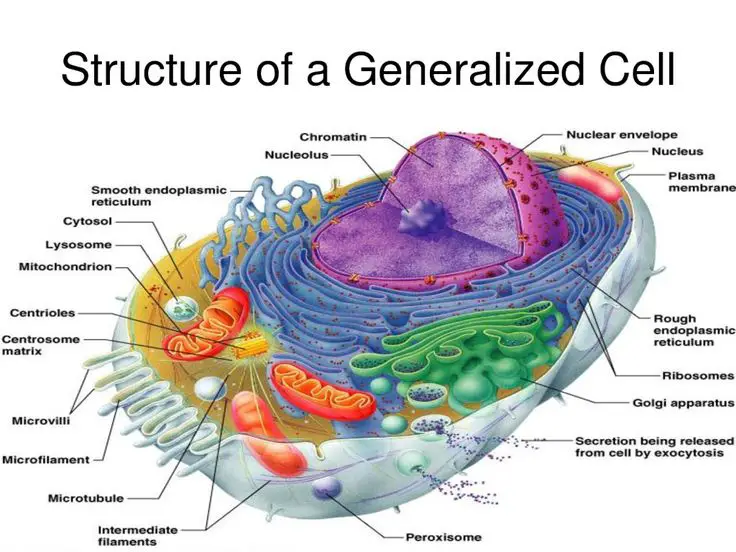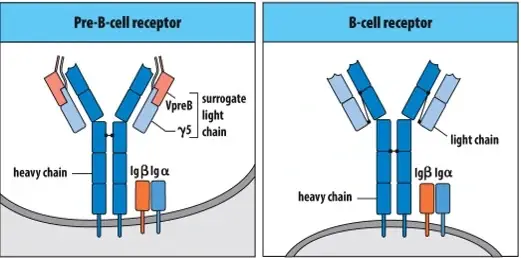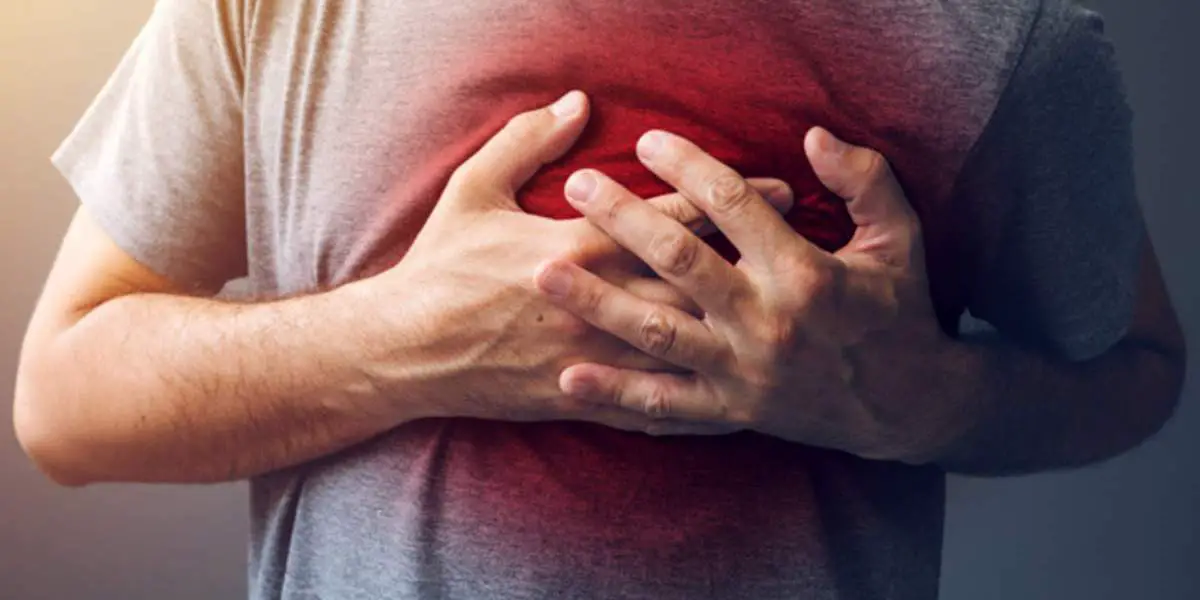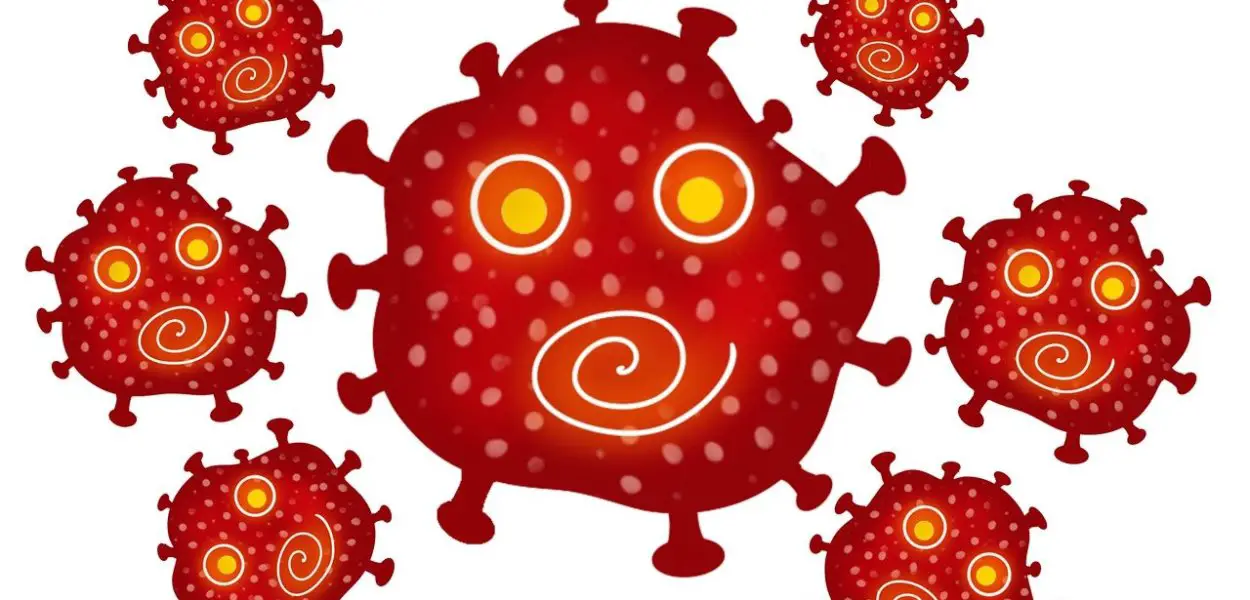Pathoma: Chapter 1. Cell Adaption & Injury – Medical School Pathology Summary, Notes, Practice Test Questions and Answers
In this easy-to-understand lesson, we summarize important notes from Pathoma’s Chapter 1. Cell Adaption and Injury. This lesson also includes main summary, note points, practice exam/test questions, and answers for fellow medical school students learning pathology. Happy learning!
































